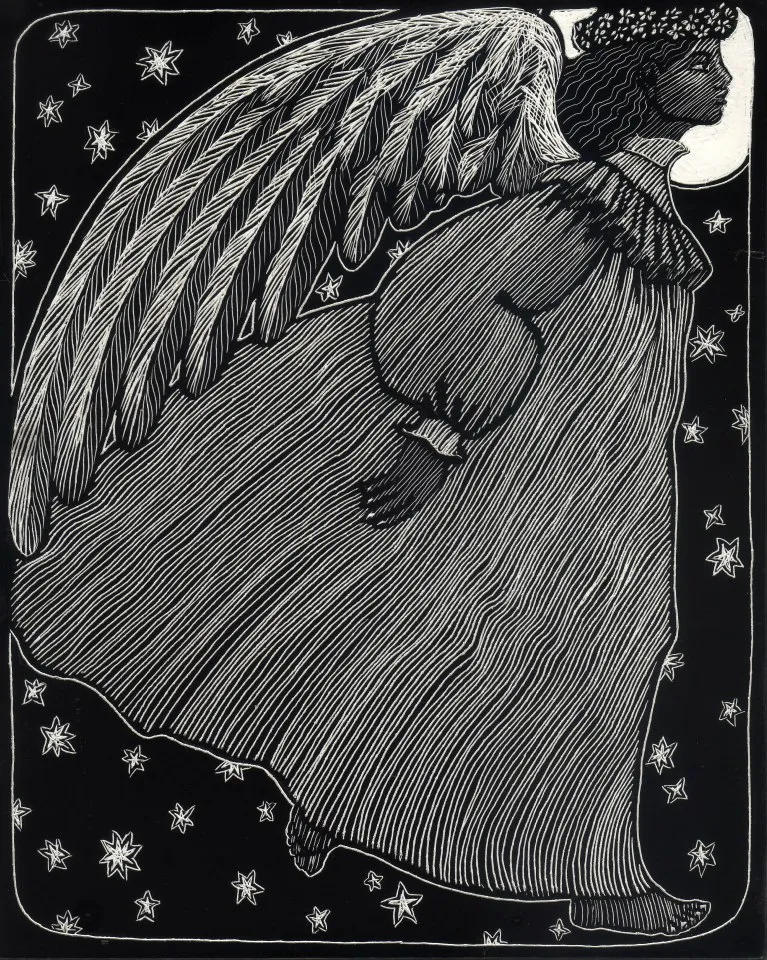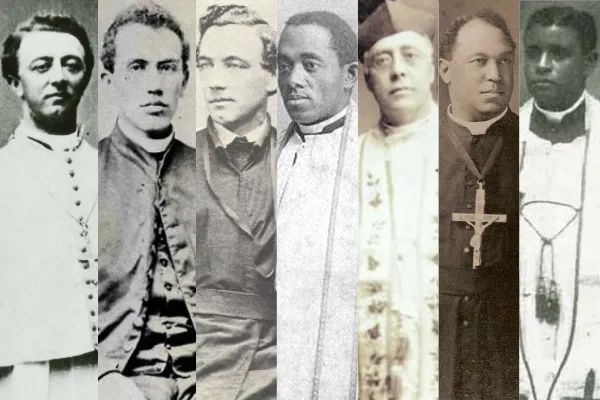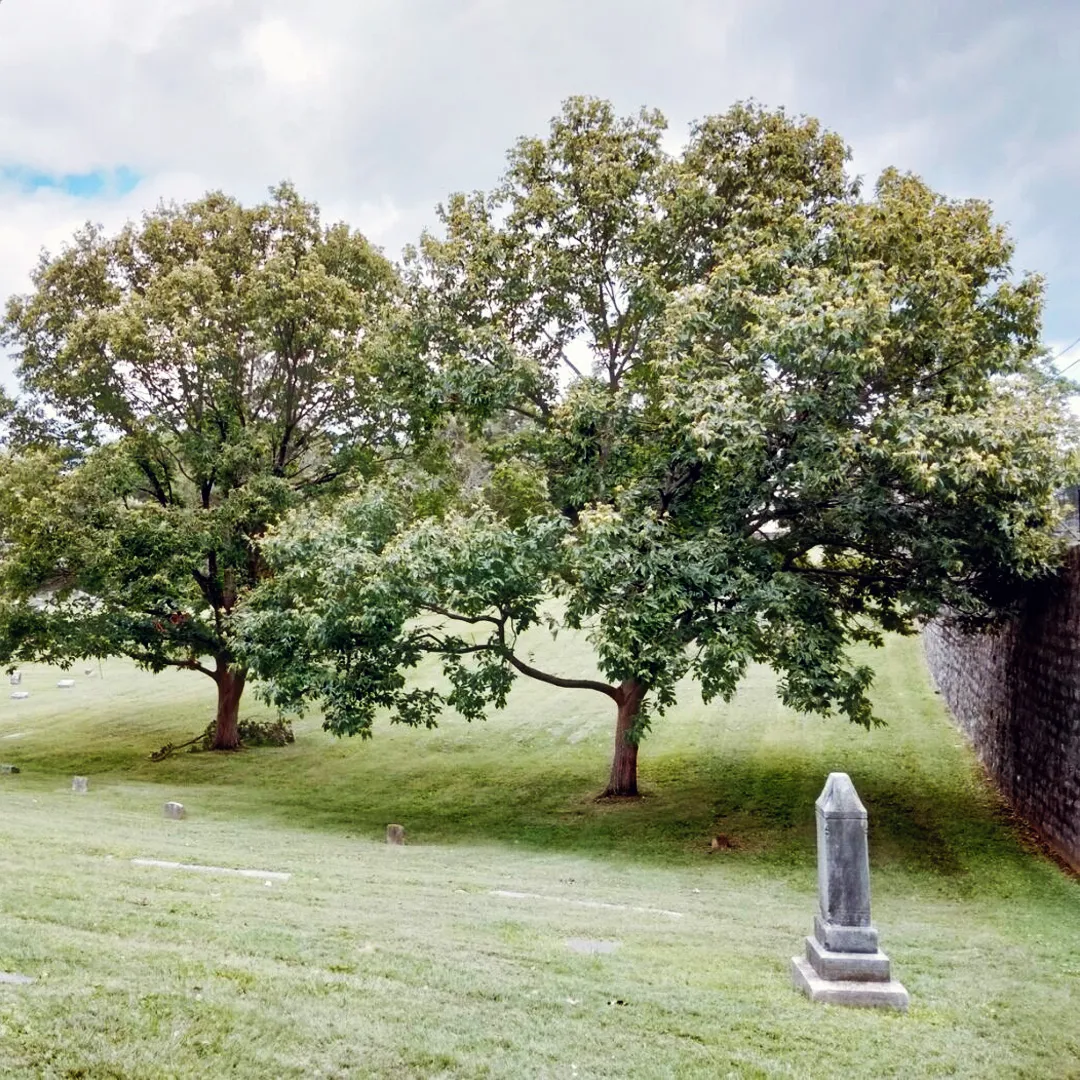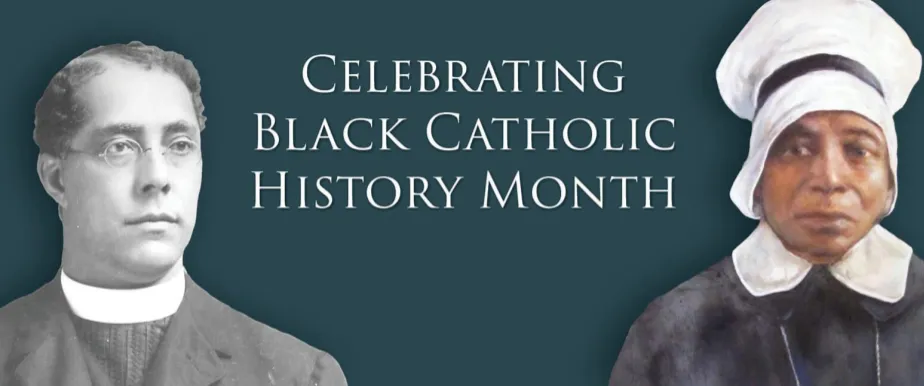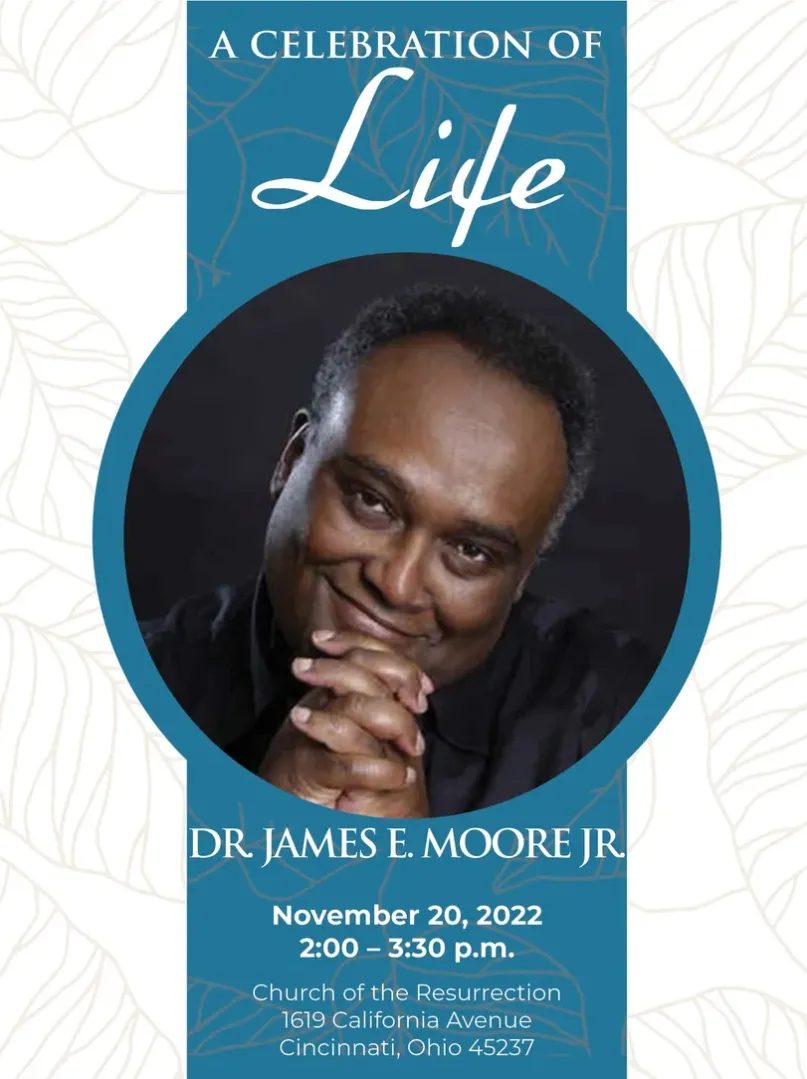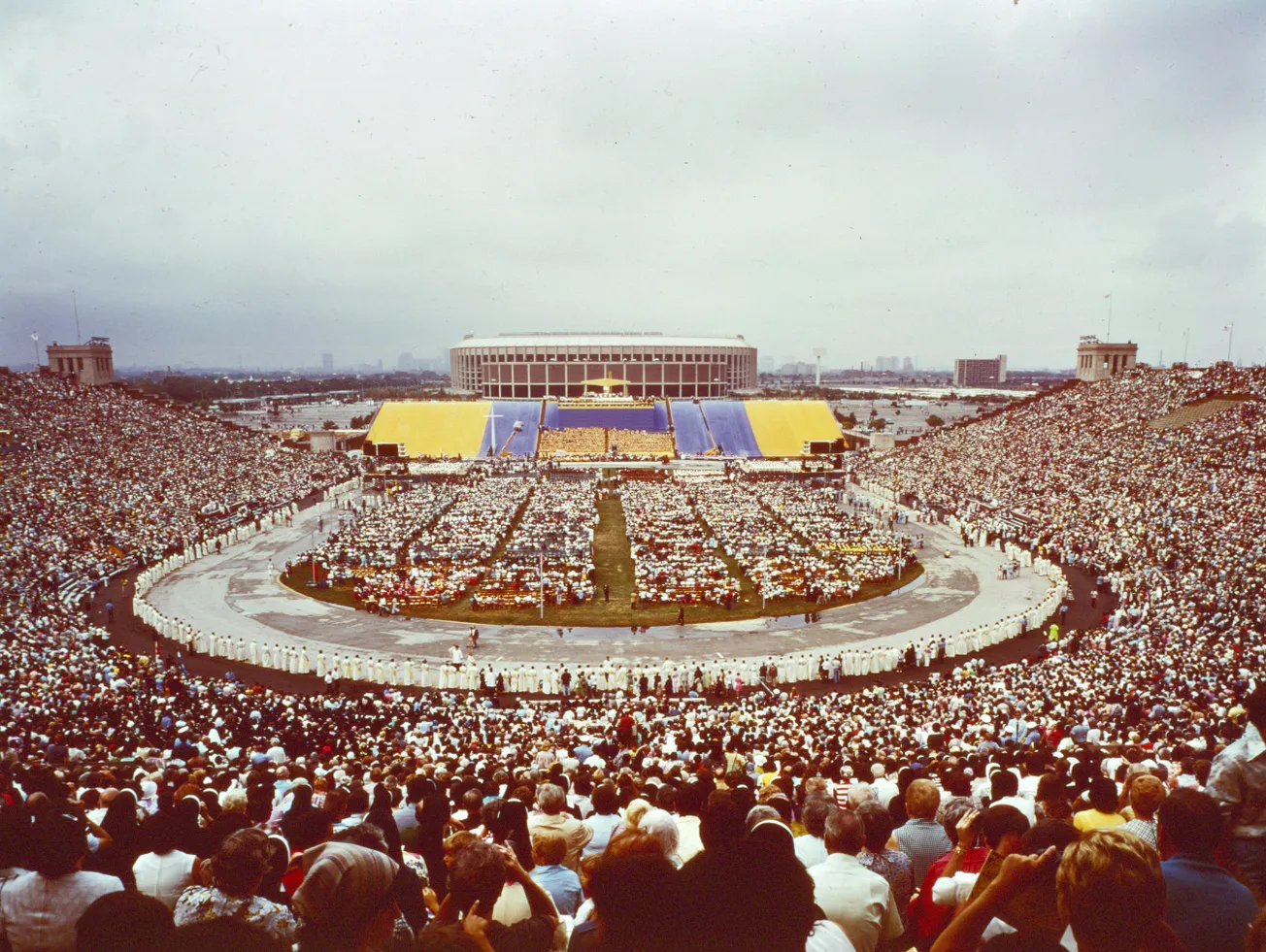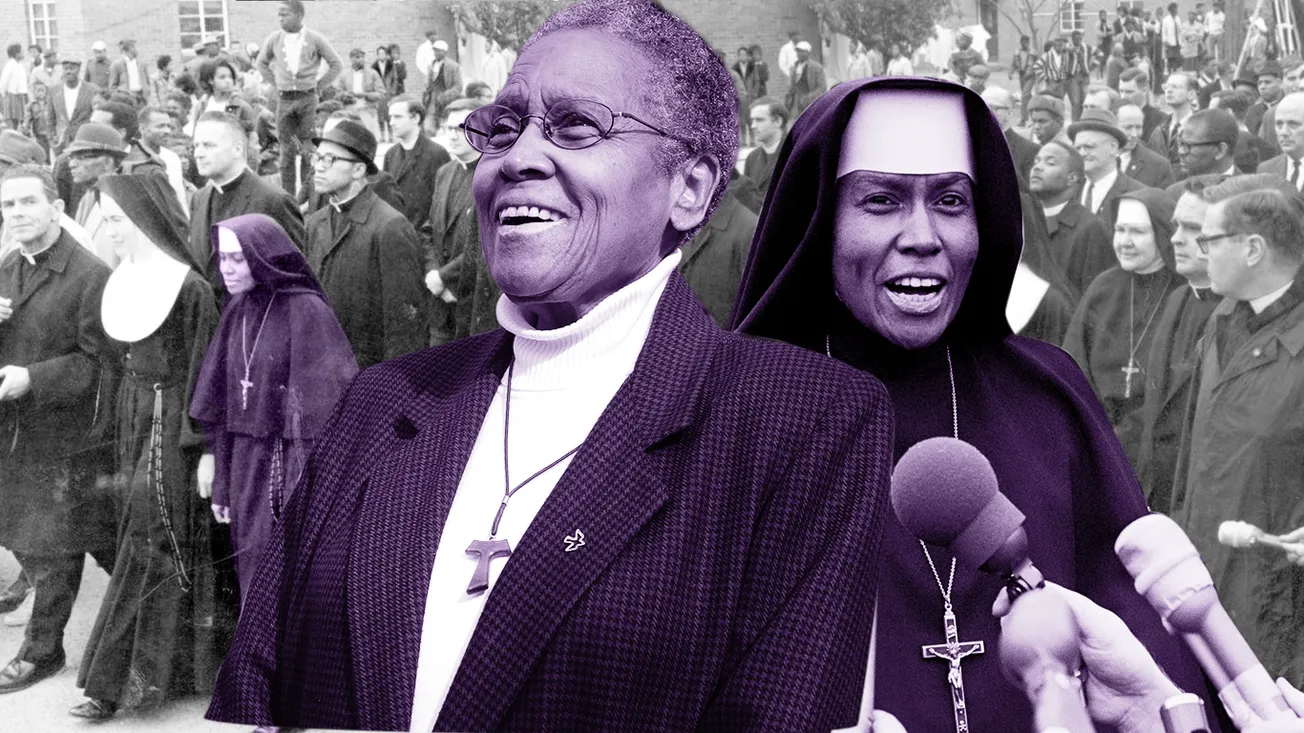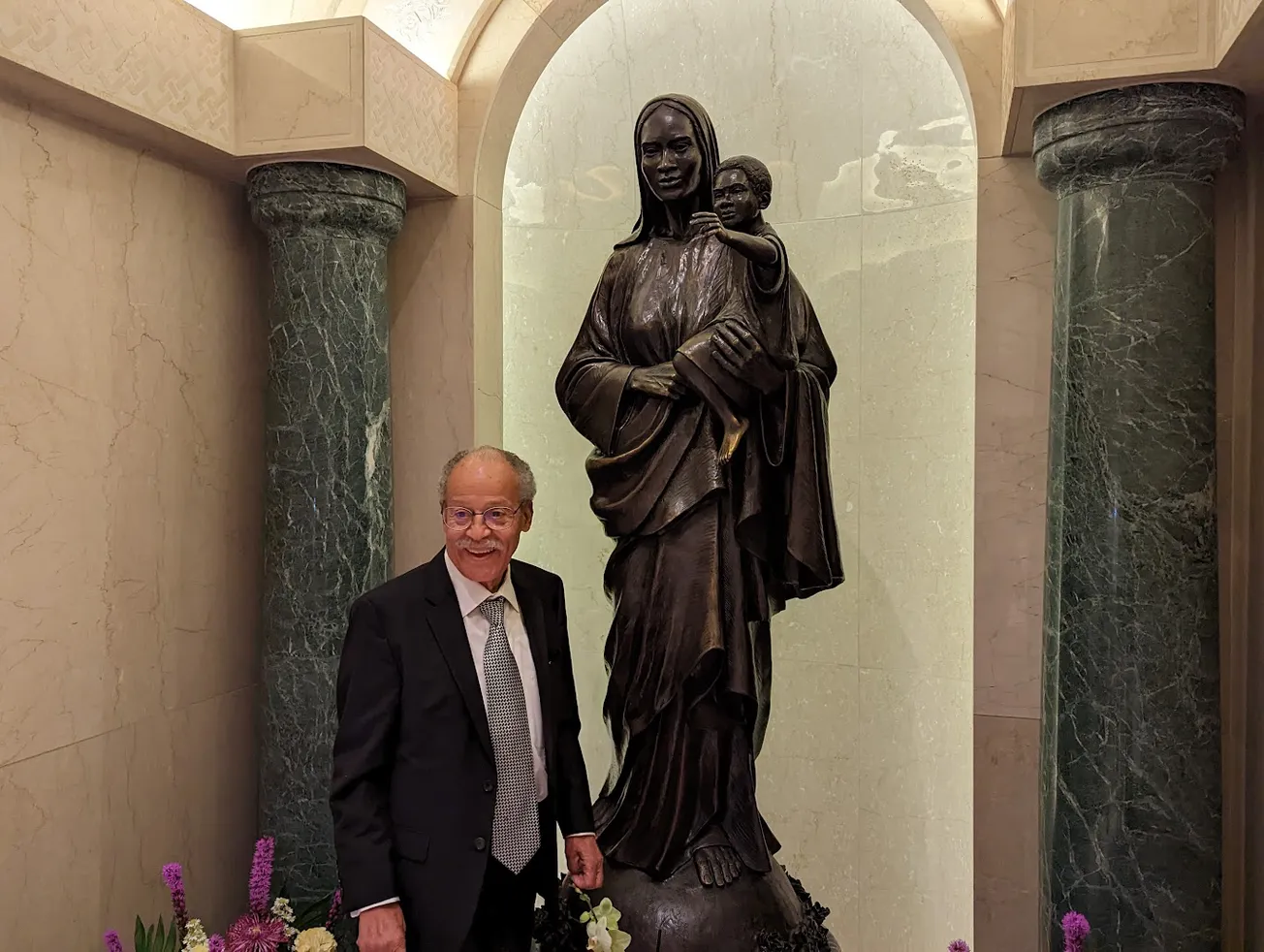On this, the first Sunday of Advent, Black Catholics around the country can say for the first time that there is a red hat among their ranks. On Saturday, history was made. From humble beginnings in Chicago to the halls of Rome, Cardinal Wilton Daniel Gregory is America's newest member of the Sacred College.
But today is also special for another reason: it is the feast day of saint-to-be Servant of God Dorothy Day, a pioneer in all things seamless garment and mother of the Catholic Worker Movement. And while it has had its struggles with racism over the years, it is right to honor her for what she and her movement were able to accomplish for (and often at the hands of) Black Catholics.
Dr. Arthur G. Falls, one such Black Catholic, founded the first Catholic Worker in his and Cardinal Gregory's hometown in 1936—roughly a decade before the cardinal was born. In fact, Gregory went to grade school less than 10 minutes from Falls' childhood parish. It is likely they crossed paths, and Falls lived to see Gregory become the first Black Catholic bishop in Chicago. He died January 9th, 2000.
As we approach his feast day and celebrate Dorothy's, we share the following profile, of another Black Catholic Worker, from the "Catholic Worker" newspaper she founded in New York (due to be published in their print edition next month).
Helen Caldwell Riley
I first encountered Helen Caldwell’s name in an academic paper.
The few paragraphs dedicated to her were used to make a point about race and the Catholic Worker Movement, but what was clear was that here was a full, complex and extraordinary life.
Helen was a Black woman who moved to New York at eighteen to become a nurse, met Dorothy Day and the Catholic Worker, had a child, and as a single mother moved to Memphis to begin and run a house of hospitality and author three published books. I was struck when I read that she was listed on The Catholic Worker masthead as an editor from 1963 to 1970.
Struck, because our movement actively and consistently calls upon its cloud of witnesses and I, despite having been at the New York Catholic Worker nearly twenty years, had never heard her name.
With help I found her books—two memoirs and a novel—and began to read.
Helen Caldwell was born on December 3rd, 1926 in Marshall, Texas. Her father, George Caldwell, taught music at various small Black colleges and universities in the South. He believed that his gifts and talents as a musician and as a professor should be of service to the southern Black community, despite never being paid much more than a laborer’s salary.
Her mother, Velma Caldwell, worked many jobs, from kindergarten teacher to running a café. They went to church in whatever denomination was connected to the college where her father worked. Helen said of her mother, “My mother was the one who made God real to us, because He was real to her, although she was not what you would call a pious person.”
She was raised on morality, integrity and a love for the Black community.
Helen attended Rust College in Mississippi in 1943 at the age of sixteen. Two years later she moved to New York City to join the Cadet Nurse Corps where she was part of the Harlem Hospital nurse-training program.
It was during this time, while hospitalized herself for appendicitis, that Helen received a visit from a Catholic priest. She wrote of this moment:
“Before he [Fr. Meehan] left, he asked me if I would like to be a Catholic and I said yes. It was as simple as that.”
While perhaps the moment she said yes seemed to her “as simple as that”, it was the culmination of years of wrestling with questions of faith and religion. Helen wrote honestly in her first memoir about the effects of racism in her childhood, and this extended to her feelings on religion. Religion was, she thought, for the uneducated—a tool of the oppressor to keep people complacent.
Even at a young age she understood the difference between faith and religion. While religion held no sway with her yet, she saw that faith served the purpose of bolstering a downtrodden spirit.
It was, in the end, the death of an infant in the hospital that moved her back toward religion. Helen administered the sacrament of baptism, as she had been trained to do for babies whose parents were Catholic.
She remembers thinking:
“Now she was with God. She had to be, or there was no meaning to anything.”
The move from the South to the North was a lonely one. While Helen had experienced the trauma of overt racism in the South, she found that life in the North was merely a different form of the same system.
Gone were the 'Whites only' signs and Jim Crow laws, but “...in New York many places have the same unwritten sign, and you don’t know which places they are. You know some but not all.”
“You shrink from the pain and embarrassment of going where you aren’t wanted, where managers simply ‘don’t see’ dark patrons, or where tickets are always ‘out,’ seats are always ‘sold.’”
During her time in New York City, Helen met and married George Day, with whom she had a son, MacDonald Francis “Butch” Day. Their marriage was short-lived, and in 1947 she ventured to the Lower East Side to visit the Catholic Worker on Mott Street.
“When I went inside the ‘office,’ the plainness of bare walls seemed to me ugly, and so did the beaten old furniture to which some paint still clung despairingly.”
She remembered wanting to clean it up, make it orderly. It was voluntary poverty that was the biggest stumbling block. Having grown up poor, she wrote about “hating it, and wanting to escape from it into renown and success.”
With time, however, the Catholic Worker helped hone her vocation. At Mott St., she saw mutual aid in action, the ideals and the teachings of Jesus taken seriously. It was a place like no other she had experienced, “strange and compelling,” and eventually the shabbiness faded to the background as she saw more and more of the philosophy lived out.
“They were trying to be saints, but in their own human bodies, with their own human wills, subject to imperfections. Which is as it should be. But it meant that not every action would seem that of a saint. That didn’t take away, however, from the worth of the truth they had found.”
Helen was intrigued by how she experienced race at the Catholic Worker. Grounded by the firmly held belief in the Body of Christ, “Race seemed to matter not at all, and ordinary people like me were living and working together....”
While I would not claim that racism was not present in the majority white space of the early Catholic Worker, what is profound is the sense of home and possibility that Helen experienced when she discovered a place in which the usual dictates of segregation that permeated mainstream culture were not lived out.
Later she would echo these ideas when writing about her work in Memphis, saying:
“...we wanted not to forget color, but to have it not matter.”
The Body of Christ as a model for racial justice became her guiding light, moving her to take radical steps to create new models of integrated Catholic communities.
Soon after Helen met the Catholic Worker, she contracted tuberculosis and was sent to a sanatorium for nineteen months. During this time, Butch contracted polio and recovered in a hospital in Memphis where Helen’s mother was living. In 1950, Helen joined Butch and her mother in Memphis to recover further.
Any hesitation that she had for herself or Butch concerning a vocation at the Catholic Worker or a life of voluntary poverty was assuaged by the reality of their grave illnesses. Namely, that awful things happen in life regardless of one’s attempts to stave them off.
This realization created space for the spirit to lead as she sought to start an interracial Catholic group in Memphis as a space to study, pray and live out the ideal of the Mystical Body of Christ.
The interracial study group began with a friendship. In her book "Not Without Tears", Helen described meeting a young White man named Jim. Together they imagined a group that was, “interested in Catholic Action, who would study, work and pray together.”
Bringing this vision to actuality was an uphill battle.
It began first in their families, with Jim unable to invite Helen into his parents’ home. For Helen, it was her stepfather who warned her, “Don’t ever imagine that a White man forgets he’s White or forgets you’re Black.”
In both cases there was the fear of “trouble,” a vague term often used to describe the ostracization of White people or the physical violence or death done to Black people, perpetrated by White society invested in systems of White Supremacy.
The first hurdle was how to attract members, as well as a priest to oversee the group. The excuses made by priests ran the gamut from not having time, to fear of engaging in interracial work, to being suspicious of anything labeled lay Catholic Action.
Reasons from laypeople were similar. There was distrust, both of the purpose and the consequences of having an interracial group, which manifested itself in fear and disinterest. Helen’s analyses of these fears served to highlight the ways the system of segregation and white supremacy held power.
Again, while the severity of the consequences for potential white and Black members varied, they both shared a fear of stepping out of the designated places that the racialized caste system established, supported and depended on. That is to say that the system of white supremacy has always relied on the participation and silence of white people and is not afraid to threaten them if they step out of line.
Eventually they convinced a Josephite priest and a few laypeople to get involved and they began. During this time Helen also worked as a nurse, wrote a column called “Looking Things Over” for the Memphis World newspaper, and in 1951 published "Color, Ebony", the aforementioned memoir, covering the story of her childhood and conversion to Catholicism.
Out of the interracial group blossomed the idea for a Catholic Worker house in
Memphis. While many in the group might have preferred to continue to pray and study, Helen was confident that concrete action was needed. Blessed Martin de Porres House opened on January 6, 1952: The Feast of the Epiphany.
They welcomed women and children, offering childcare, community space, a free library, study groups, as well as sharing food and clothing. The childcare work came after a tragic incident in which three children died in a fire when their mother, unable to afford childcare, locked them in their home to try and keep them safe while she worked.
Helen faced many difficulties while running Blessed Martin house. She was accused by other members in the group of being too proud—a criticism that hurt Helen deeply.
It was, it seems, too much for some people, even within the group, to comprehend that a woman, a Black woman, could have the audacity to enflesh these bold ideas. Also present were the cautions of White moderates.
In the name of prudence, they suggested that Helen win over White people by not engaging in arguments, not pushing too hard or too fast. They begged her not to take no offense as they explain to her the hardships of White people and the reality of Black life.
When a particular disagreement with a White supporter of the house ended with a usual, “you can’t change that in a day,” Helen responded:
“I pointed out that a considerable number of days had passed since Negro slavery had ended. The conversation continued as the white supported said, ‘The best thing we can do about it is to pray.’
‘That is a good way for religious,’ I agreed, ‘but lay people, I believe, must not only pray but do more also. If we believe in Christ, we have to live the Christ-life, and publicly admit our belief in what He taught in word and example. We can’t act as if the world is all rosy, because it isn’t, or as if we have no part in changing things, because we do.’”
In October 1952, Dorothy Day came to visit the house.
Throughout the years, Helen had maintained a close friendship with Dorothy and the New York Catholic Worker, having travelled north to attend summer retreats. Dorothy supported the opening of Blessed Martin house and wrote about it in The Catholic Worker, offering both financial support as well as friendship.
Despite it being against segregation laws for Dorothy to stay at the house, Helen welcomed the visit. Helen organized many places for Dorothy to speak, including at the house. The reception was mixed.
“As soon as she had taken her seat, the questions began, some angry and hot.”
In response to one question about whether there was something particularly holy about roaches and rats, Dorothy said, “No, there is nothing particularly holy about dirt and rats and roaches. But there may be something very unholy about the way we regard those who suffer from these things.”
The visit was warm and profoundly moving for the community at Blessed Martin House. Upon her return to New York, Dorothy promised to fundraise for the down payment of a new home for Blessed Martin House.
In 1954, they indeed moved to a new and larger location.
Astonishingly, Helen also found time to write her second memoir and "Not Without Tears" was published. This second book is the story of the Catholic study group, the opening and running of Blessed Martin House, and the beautiful portrayal of the struggles and blessings of the work she was doing.
It is also a straightforward accounting of the wearying tension of racism she constantly negotiated within the Church, within society and within her own community. Racism, the norm in white society, was mirrored in the Church.
On a trip to Louisiana she was told of segregation during Mass, with Black people not only sitting in the back of church but also waiting to receive communion after
White parishioners.
When Butch had to be taken to the hospital, he was not allowed in the Catholic hospital where Helen worked as a nurse. When she requested that the priest at the parish three blocks from her house, where she attended daily Mass, visit Butch, she was told by him that she needed to go to “her parish,” meaning the Black church across town.
It seems clear that the bishop was not pleased with the outspoken ways the com-
munity challenged racism and local labor practices. Bishop Adrian wrote to Helen, that she should confine her work to caring for the poor and cease from the public discourse over racism and picket lines.
In 1956, Blessed Martin House quietly closed its doors. This moment is not covered in her books so we can only patch together the reasons why, without the clarity of Helen’s own thoughts.
Also in 1956, her novel, "All The Way To Heaven", was published.
In 1957, Helen married Jesse Riley and together they moved to California. There she raised their five children and worked as a librarian for thirty-eight years, continuing her active engagement in parish life, highlighting Black culture and communities through library programming. Helen died on December 15th, 2013.
That Helen Riley is not an oft-mentioned name at the New York Catholic Worker is a wrong we seek to remedy. Her life, experiences and writings help light the path forward as we navigate what it means to be Catholic, Catholic Workers and members of the Body of Christ in this moment’s call for racial justice.
Helen Riley’s books are hard to find but are worth the search.
Color, Ebony (Sheed and Ward, 1951).
Not Without Tears (Sheed and Ward, 1954).
All the Way to Heaven (Sheed and Ward, 1956).
(artwork by Michele Dick.)
Amanda W. Daloisio is an associate editor of The Catholic Worker and has been part of the New York City Catholic Worker community since 2002. She lives in New York City with her husband and two children.


